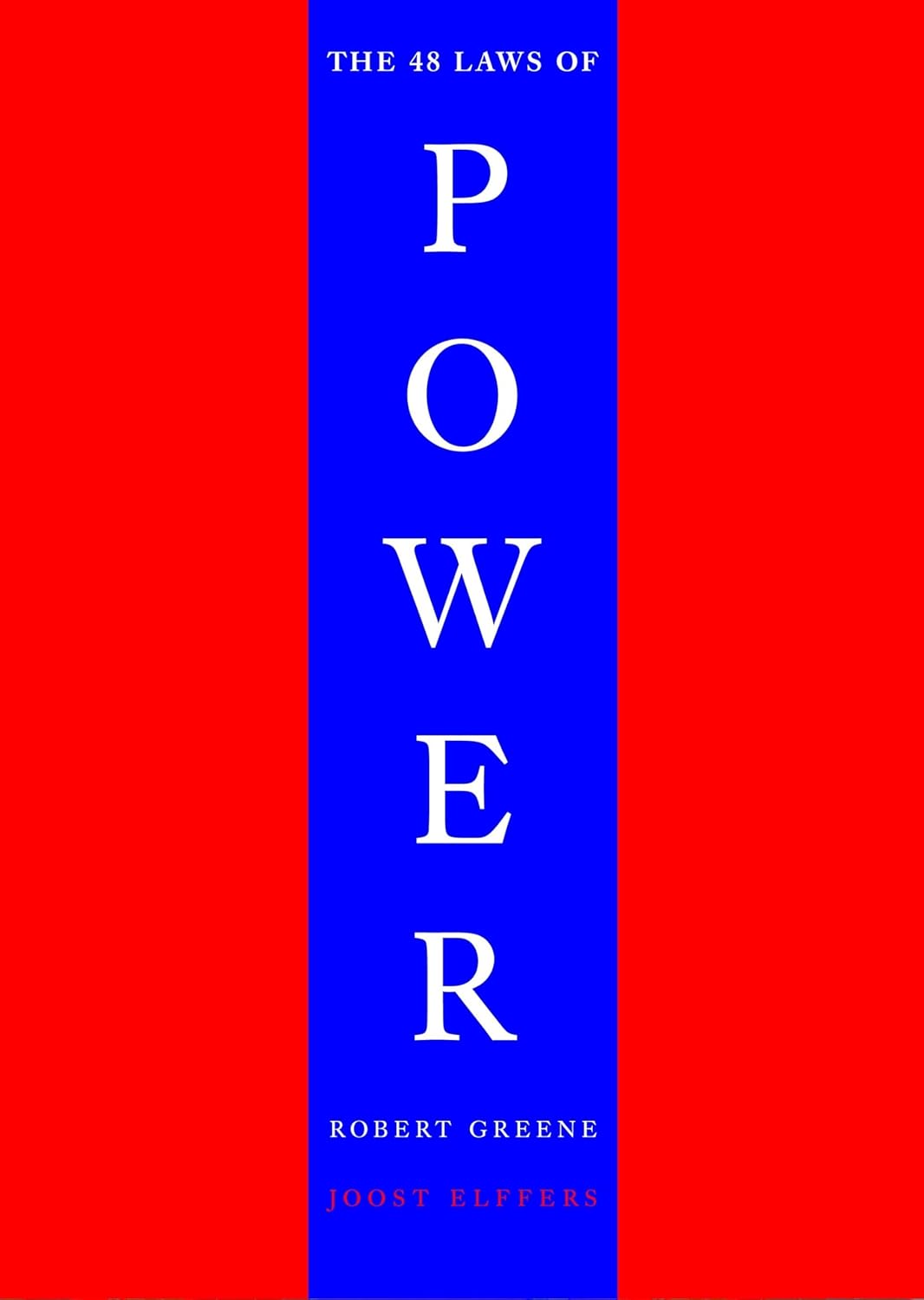LAW 37: The Power of Spectacle in Influence and Control
byLaw 37 of The 48 Laws of Power emphasizes the profound impact of spectacle and visual symbolism in shaping perceptions, influencing emotions, and asserting dominance. Robert Greene argues that dramatic and carefully orchestrated displays can command attention and leave a lasting impression, making a person or cause seem larger than life. The law underscores that human beings are naturally drawn to the grand and theatrical, and those who master the art of visual storytelling can bypass skepticism and rational argument, directly appealing to emotions and subconscious beliefs.
The arrival of Cleopatra on the Cydnus River is one of the most striking examples of spectacle used for influence. Instead of simply meeting Mark Antony in a conventional setting, Cleopatra orchestrated an entrance of overwhelming grandeur. She dressed as the goddess Isis, sailed on a magnificent golden barge adorned with luxurious fabrics, and surrounded herself with attendants dressed as divine figures. The overwhelming opulence and mystique of her arrival captivated Antony, leaving him enchanted and reinforcing the perception of Cleopatra as a figure of divine power and irresistible charm. This spectacle was not just for visual appeal—it was a carefully designed psychological maneuver to ensure her influence over Antony and secure Egypt’s position in the political landscape.
Another historical figure who mastered this principle was Dr. Weisleder, also known as the “Moon Doctor of Berlin.” He leveraged the mystery and enchantment of the moon to cultivate an aura of supernatural healing, despite lacking genuine medical knowledge. By surrounding his practice with rituals and mystical imagery, he convinced many that his treatments had divine or cosmic power. His success was not due to scientific expertise, but rather to his ability to captivate people’s emotions through spectacle, demonstrating that a well-crafted illusion can often be more persuasive than reality itself.
The Diane de Poitiers and King Henri II example further illustrates the power of symbols and visual influence. By consistently associating herself with the Roman goddess Diana, Diane created an aura of elegance, wisdom, and purity, reinforcing her status as the king’s favored mistress and a powerful force in his court. This carefully curated persona made her untouchable in a world dominated by rivalries, as she transcended mere political games and became a living embodiment of an untouchable ideal. Through her mastery of symbols and grand displays, she secured long-term influence over King Henri II, proving that power is often cemented not through force, but through perception.
Greene highlights that spectacles hold greater influence than rational discourse, as humans are more emotionally engaged by visuals than by logic. The human brain processes images more quickly and retains them longer than spoken or written words. This is why politicians, religious leaders, and even corporations spend vast resources on pageantry, branding, and imagery—because these elements shape how people perceive authority and credibility. The Roman emperors understood this principle well, organizing massive parades, gladiator games, and public ceremonies to establish their dominance and create a sense of divine rule over their subjects.
The law also warns that spectacle must be used wisely, as excessive theaters without substance can lead to downfall. If the illusion is broken, people may feel deceived and turn against the one who created it. This is evident in modern times, where political figures, celebrities, and brands rise and fall based on how well they maintain their image. Those who rely too heavily on spectacle without a solid foundation risk losing credibility when the public begins to question the authenticity behind the show.
In conclusion, Law 37 teaches that power can be solidified through spectacle, as grand visual displays shape emotions, command attention, and create lasting impressions. Those who master the art of theatricality can manipulate how others perceive them, ensuring their influence is not only felt but remembered. Whether in politics, business, or personal life, those who understand the value of symbols and dramatic gestures can maintain control and sway others more effectively than those who rely on words alone.


